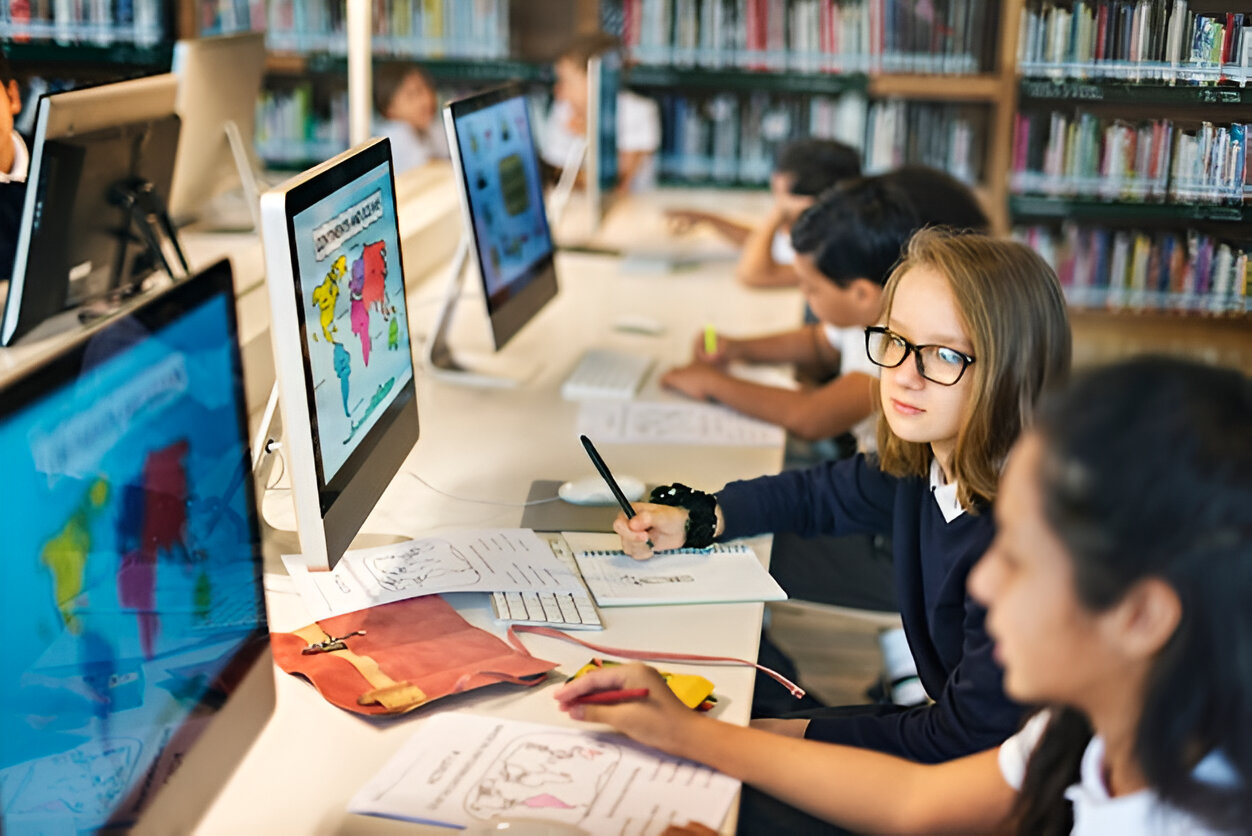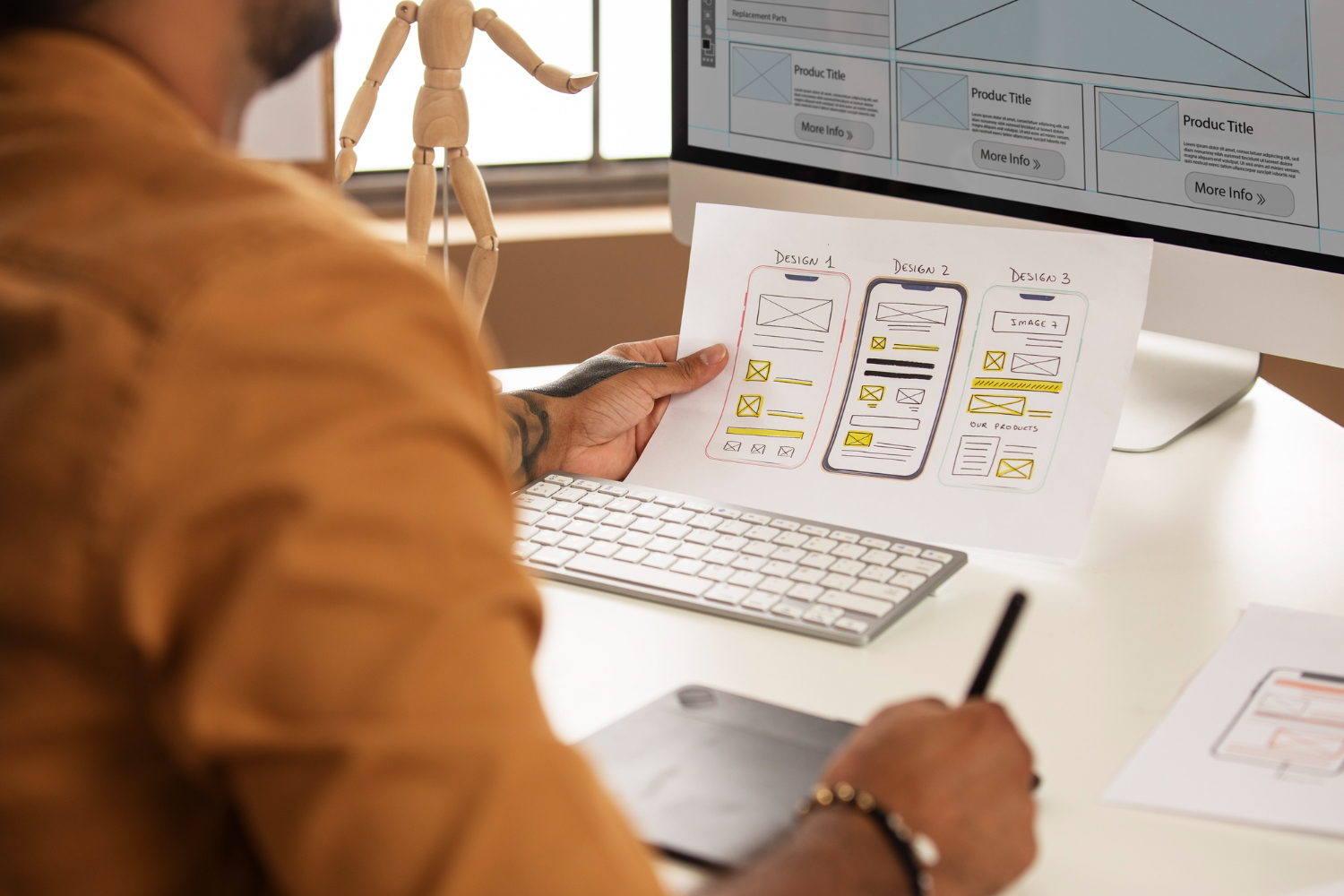The education landscape has undergone a seismic shift in recent years. As technology continues to reshape how we live and work, it’s also transforming how students learn. The debate between digital classrooms and traditional learning environments has become increasingly relevant for educators, parents, and institutions worldwide.
But which approach delivers better results? The answer isn’t as straightforward as you might think.
Understanding Digital Classrooms
Digital classrooms leverage technology to create interactive, flexible learning environments. These spaces utilize computers, tablets, smartboards, educational software, and internet connectivity to deliver lessons and engage students.
Key features include:
- Virtual learning platforms that provide 24/7 access to course materials
- Multimedia content including videos, animations, and interactive simulations
- Real-time collaboration tools enabling students to work together remotely
- Automated assessment systems that provide instant feedback
- Personalized learning paths adapted to individual student needs
The rise of e-learning platforms has made quality education accessible to millions of learners who might otherwise face geographical or financial barriers. From video lectures to gamified lessons, digital tools are creating engaging experiences that complement traditional teaching methods.
The Traditional Classroom Experience
Traditional classrooms have been the cornerstone of education for centuries. These physical learning spaces emphasize face-to-face interaction between teachers and students, structured schedules, and hands-on activities.
Strengths of traditional learning include:
- Direct human interaction fostering social skills and emotional intelligence
- Immediate clarification when students struggle with concepts
- Structured environment that helps students develop discipline and routine
- Physical resources like laboratories, libraries, and equipment
- Non-verbal communication that helps teachers gauge understanding
Traditional classrooms create communities where students learn not just academic subjects but also critical life skills like teamwork, communication, and problem-solving through peer interaction.
Comparing Effectiveness: What Does Research Say?
The effectiveness debate isn’t about declaring one approach universally superior—it’s about understanding when and how each method works best.
Academic Performance
Studies show mixed results depending on subject matter, age group, and implementation quality. Digital learning excels in subjects requiring repetitive practice and immediate feedback, such as mathematics and language learning. Traditional methods often prove superior for complex problem-solving and critical thinking development that benefits from guided discussion.
Student Engagement
Digital classrooms can boost engagement through interactive elements, but screen fatigue and distractions pose challenges. Traditional settings provide accountability through physical presence but may struggle to captivate students accustomed to dynamic digital content.
Accessibility and Flexibility
Digital education democratizes learning by removing geographical barriers and allowing self-paced progression. Students with disabilities often benefit from assistive technologies unavailable in traditional settings. However, the digital divide remains a significant concern, with many students lacking reliable internet access or devices.
Learning Retention
Research indicates that blended approaches—combining digital tools with face-to-face instruction—often produce the highest retention rates. The key lies in using technology to enhance, not replace, human teaching.
The Blended Learning Revolution
Forward-thinking institutions are discovering that the most effective approach combines the best of both worlds. Blended learning integrates digital tools into traditional classroom settings, creating hybrid models that maximize student outcomes.
This approach allows teachers to:
- Use classroom time for high-value activities like discussions and hands-on projects
- Assign digital content for homework and independent study
- Track student progress through analytics and data
- Differentiate instruction based on individual learning styles
- Provide additional resources for students who need extra support
Events like Bett Asia 2025, one of the leading education technology exhibitions, showcase innovative solutions that enable seamless blended learning experiences. These platforms demonstrate how schools can implement technology thoughtfully to enhance educational outcomes.
Practical Considerations for Implementation
Choosing between digital and traditional approaches requires careful consideration of several factors:
Infrastructure and Budget
Digital classrooms require significant investment in hardware, software, and internet connectivity. Schools must also budget for ongoing maintenance, updates, and technical support. Traditional classrooms need physical space, furniture, and teaching materials, with generally lower technology costs.
Teacher Training and Support
Successful digital implementation depends on teachers feeling confident with technology. Professional development programs must provide ongoing support, not just one-time training sessions. Traditional teaching skills remain valuable and shouldn’t be discarded in favor of technology alone.
Student Demographics
Age, learning styles, socioeconomic background, and individual needs all influence which approach works best. Younger students often benefit from hands-on, social learning environments, while older learners may thrive with the independence digital platforms provide.
Subject Matter
Some subjects naturally lend themselves to digital delivery. Language learning apps, coding tutorials, and virtual science simulations can enhance understanding. Other subjects, particularly those requiring physical experimentation, artistic creation, or nuanced discussion, may benefit more from traditional settings.
The Future of Education
The future isn’t about choosing between digital and traditional learning—it’s about creating adaptive education systems that leverage both approaches strategically.
Emerging trends shaping this future include:
Artificial intelligence personalizing learning experiences at scale while teachers focus on mentorship and complex instruction. Virtual and augmented reality creating immersive learning experiences that transcend physical classroom limitations. Data analytics providing insights into student progress and helping identify struggling learners early. Collaborative online platforms connecting students globally for cross-cultural projects and peer learning.
However, technology should always serve pedagogical goals, not drive them. The most successful educational models maintain the irreplaceable human element—mentorship, inspiration, and emotional support—while using digital tools to enhance efficiency and accessibility.
Making the Right Choice for Your Needs
There’s no one-size-fits-all answer to the digital versus traditional debate. The “best” approach depends on your specific context, goals, and resources.
Consider these questions when evaluating options:
What learning outcomes are you prioritizing? How do students learn best in your specific environment? What resources and support systems are available? How can technology enhance rather than complicate the learning experience? What balance provides optimal student engagement and achievement?
Many successful institutions are adopting a “best tool for the job” philosophy. This means using digital platforms where they add genuine value—such as providing instant feedback, enabling collaboration, or offering flexible access—while preserving face-to-face interaction for activities that benefit from human connection.
Conclusion
The digital classroom versus traditional learning debate ultimately reveals a false dichotomy. Both approaches offer distinct advantages, and the most effective educational experiences typically blend elements of each.
Digital tools provide unprecedented access, flexibility, and personalization. Traditional classrooms offer irreplaceable human interaction, structure, and community. The key lies not in choosing one over the other, but in thoughtfully integrating both to create learning environments where every student can thrive.
As education continues evolving, the institutions that succeed will be those that remain focused on what truly matters: helping students develop the knowledge, skills, and character they need to flourish in an increasingly complex world. Whether that happens through a screen, in a classroom, or through a combination of both is simply a matter of choosing the right tools for the task at hand.
The question isn’t which method works best—it’s how we can best serve each student’s unique learning journey.


